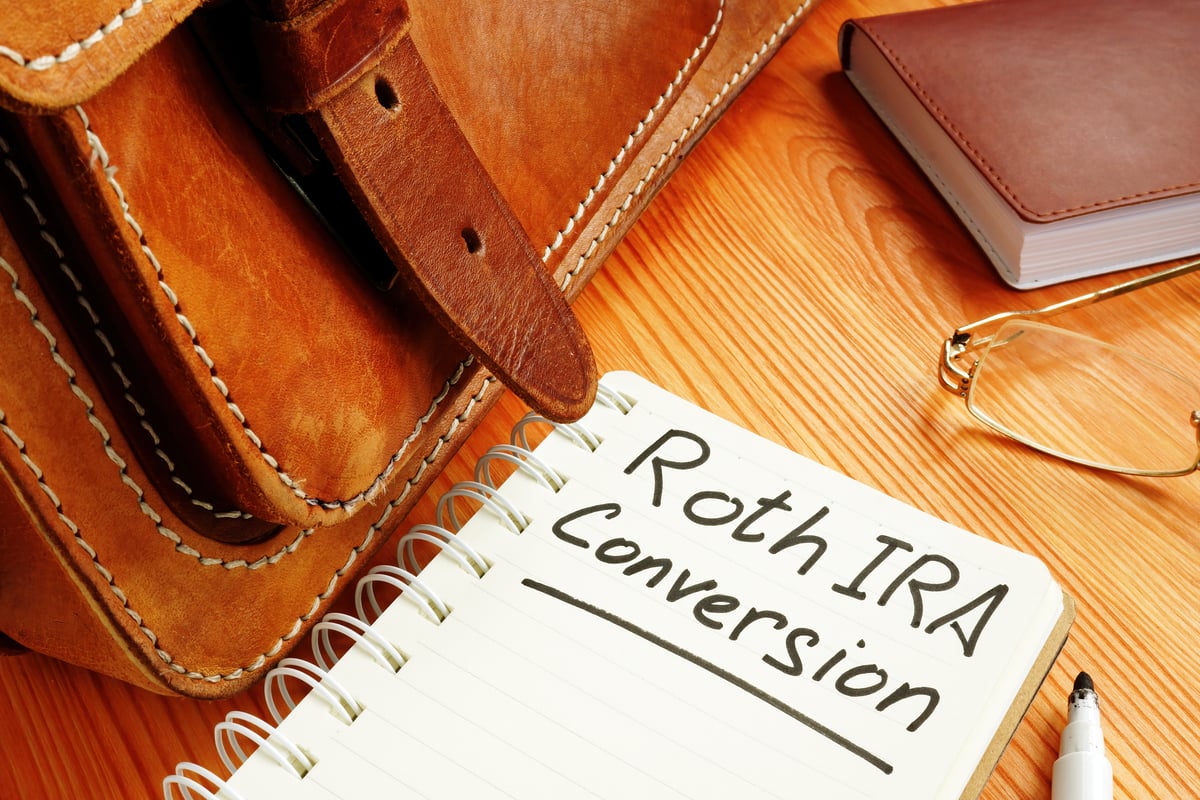If you plan to retire in 2035, the countdown has begun. Now is a great time to make a checklist of all you need (and want) to accomplish over the next decade and use that list as your map to a financially healthy retirement. Before ever collecting your first Social Security check, make it a point to address the following:

Image source: Getty Images.
Investments
You're on the final lap. You have 10 good years to contribute to the investments most likely to help you build a hefty nest egg. If you're behind, do what you can to max out your retirement accounts, particularly if your employer offers to match a percentage of your contributions.
Financial planning
Figure out where you stand; is there a financial gap you need to fill before retiring? Here's how to determine your current state of affairs:
Check your assets
It's not enough to know your portfolio balance. You should know how much risk you carry and if you're properly diversified. When you're decades away from retirement, you may be comfortable carrying more high-risk/high-reward assets. When you're young, your portfolio has plenty of time to recover after taking a hit.
However, many financial advisors suggest shifting toward investments with moderate growth that are likely to preserve your capital, although this is not a one-size-fits-all solution. Take the time to meet with a financial or retirement advisor who will be honest about what it will take to meet your retirement goals based on what you've built so far.
Create a post-retirement budget
What matters is being able to finance life after you retire, and that picture looks different for everyone. Create a budget based on the available information. It may not be exact (no one can see the future), but you can get an idea of what you're working toward.
Here's how it works:
- List all known sources of post-retirement income: Social Security, pension, annuities, rental property, royalties, retirement fund withdrawals, and any other source of income you expect to receive.
- List all expected expenses: Include housing, transportation, utilities, food, income and property taxes, homeowners association fees, pet care, and any other expense specific to your lifestyle. Don't forget to add things you'll want to spend money on, like hobbies, travel, and gifts.
Once you subtract expected expenses from expected income, you'll know how close you are to covering your monthly outlay.
Savings
If you haven't already, begin to tuck money away to invest during post-retirement bear markets. A bear market -- when stock prices decline by 20% or more from a recent high -- may seem scary, but it's actually a good time to take advantage of low prices by picking up high-quality stocks at a low price.
The idea is to have funds put away to draw from, instead of drawing down your retirement account while the market is depressed. Here's why: When stock values are low, you must sell more assets than you usually would to come up with the same amount of money. When you have a cash fund to draw from instead, you can leave the money in your retirement account and use it to buy those discounted high-quality stocks.
Debt reduction
Some insist on retiring with zero debt, and that's a worthy goal. But it's not necessary for everyone. For example, if you know you'll still have a monthly mortgage payment after retirement, take these final 10 years to plan for the expense.
Just make it a point to pay off any debt that carries a high interest rate. Once that's done, put the money to work by saving or investing it to pad your nest egg.
Healthcare planning
Learn all you can about how Medicare works and get an idea of your monthly out-of-pocket expenses. As you move toward retirement, get serious about regular exercise and a healthy diet. Both can help prevent age-related health issues and potentially lower your healthcare costs.
Estate planning
Take a fresh look at your estate plan to ensure your will, power of attorney, and healthcare proxy reflect your current wishes. Make sure your beneficiaries are up to date. You may also want to share your estate plans with family members to prevent future disputes, although that decision is entirely up to you.
"Swedish death cleaning"
Despite the dark name, Swedish death cleaning is a method of decluttering and organizing your home before you die, saving your loved ones the headache.
It's a nice thing to do, and Swedish death cleaning also allows you to decide whether your current home suits your future needs. For example, if you live in a four-story townhouse, you may prefer to age in place in a home on one floor, or you may come up with ideas for modifying your current home.
Having 10 years left to prepare for retirement means you still have some control over the outcome: Make a plan, stay focused, and imagine yourself living the retirement of your dreams.





